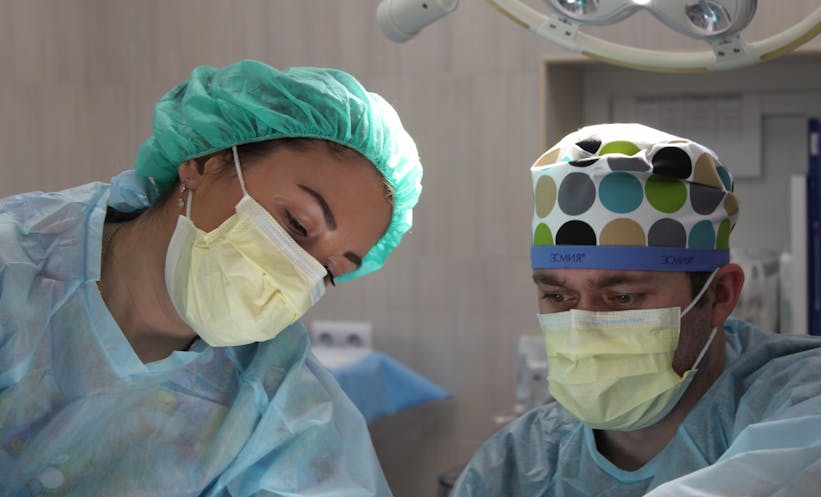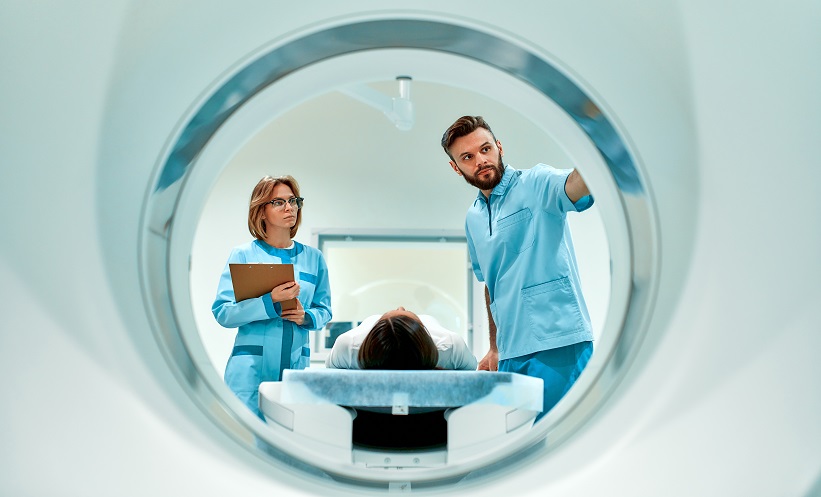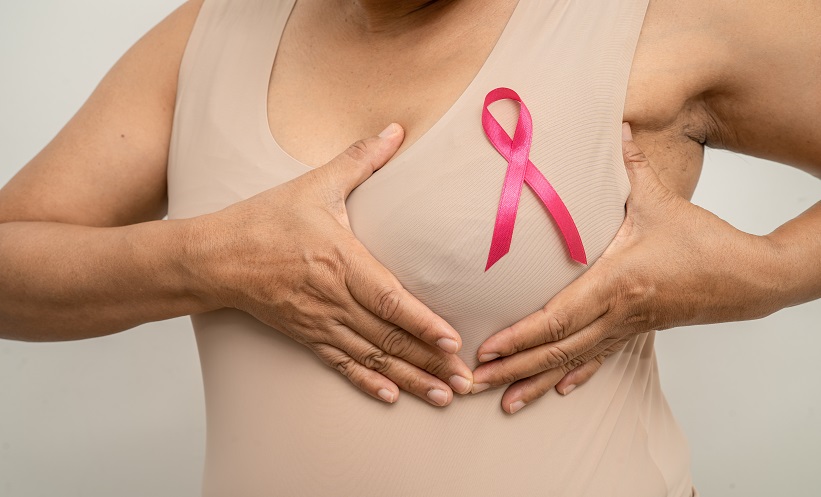DISPLAY technology is constantly evolving, and recent studies have suggested that one of the emerging technologies in the field, augmented reality (AR), may help radiologists perform safer and more efficient CT-guided ablations. AR has the ability to merge virtual 3D objects seamlessly with the real-world environment. This technology may provide better visualisation and spatial localisation of tumours for interventional radiologists, which could not only make for a safer procedure, but also reduce the procedure length and radiation exposure.
The study, carried out by Brian Park, Oregon Health and Science University, Portland, USA, and team, involved using artificial intelligence and computer vision to automatically detect and track a commonly-used CT grid. Various methods of aligning a 3D model onto the CT grid were trialled. When the most effective one had been found, a prospective phantom trial was performed assessing CT-guided lesion targeting on an abdominal phantom, with and without AR guidance, using a head-mounted holographic device. With AR guidance, operators saw a holographic 3D line projecting out from the target that represented the ideal path, or needle trajectory, to the target.
Ultimately, eight operators were able to perform a combined total of 86 needle passes. This group consisted of medical students, residents, fellows, and attending physicians. Park and team found that procedure time was halved when using AR, as well as noting a reduction in needle redirection and radiation dose. Additionally, there was minimal puncturing of non-target objects. These results were observed across all operators, and it was found that medical students with no prior experience of CT-guided procedures performed at the same level as experienced attendings with AR assistance.
Though this technology was not trialled on live patients during this study, Park and colleagues are optimistic that their results still provide evidence for the potential for future AR utilisation in healthcare. “AR has the potential to drastically change the way we visualise and interact with medical imaging during procedures, resulting in tangible benefits for both patients and operators,” Park commented, adding that this technology is highly useful, as “inexperienced operators may feel more confident in performing better and more efficient ablations with this technology.”








